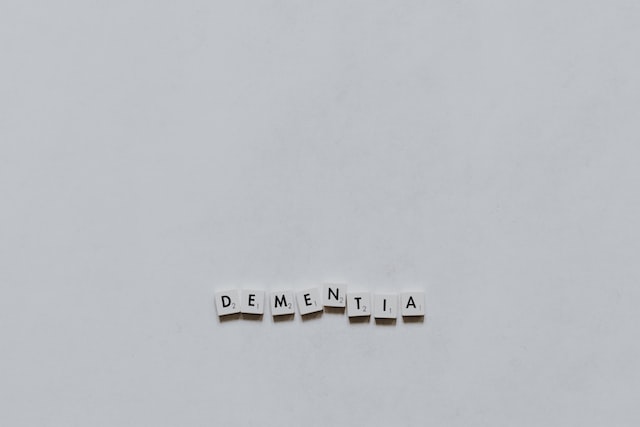Radioactive iodine therapy (RAI) is a common treatment for thyroid cancer, particularly differentiated thyroid carcinoma, where it helps destroy remaining thyroid tissue or cancer cells after surgery. A frequent concern among patients and clinicians is whether this therapy increases the risk of developing other types of cancers later in life. The relationship between RAI and secondary cancer risk is complex and depends on several factors including the dose of radioactive iodine, patient characteristics, and the type of cancer being treated.
RAI works by delivering targeted radiation to thyroid cells, exploiting their unique ability to absorb iodine. This targeted approach generally limits radiation exposure to other tissues. However, because radiation can damage DNA, there is a theoretical risk that RAI could induce mutations in non-thyroid cells, potentially leading to secondary cancers. The risk is generally considered low but not zero.
Studies indicate that when RAI doses are relatively low or moderate, the increase in risk for other cancers is minimal or negligible. However, higher cumulative doses of radioactive iodine, especially those exceeding 100 millicuries, have been associated with a slightly increased risk of certain blood cancers such as acute or chronic myeloid leukemia. This risk appears to be more pronounced in patients who receive multiple treatments or very high doses over time. The mechanism behind this is thought to involve radiation-induced damage to bone marrow cells, which can lead to malignant transformation.
For solid tumors outside the thyroid, such as breast cancer or other common cancers, evidence does not strongly support a significant increase in risk due to RAI. Large-scale studies have not found a consistent or substantial rise in these cancers among patients treated with radioactive iodine. This suggests that while RAI does expose the body to radiation, the dose and distribution are generally insufficient to cause widespread secondary malignancies.
Patient factors also influence risk. Older age at treatment, genetic predispositions, and other health conditions can modify how radiation affects the body. Additionally, the presence of radioiodine-refractory thyroid cancer, which requires alternative or additional treatments, complicates the risk profile. In such cases, the disease itself and its management may contribute more to long-term health risks than RAI alone.
It is important to balance the benefits of RAI in effectively treating thyroid cancer against the small potential risk of secondary cancers. For most patients, the survival advantage and disease control provided by RAI outweigh the relatively low risk of developing other cancers later. Physicians typically use the lowest effective dose of radioactive iodine to minimize exposure and monitor patients long-term for any signs of secondary malignancies.
In summary, radioactive iodine therapy can slightly increase the risk of certain blood cancers, particularly with high cumulative doses, but does not significantly raise the risk of most other cancers. The risk remains small compared to the benefits of treating thyroid cancer effectively. Ongoing research continues to refine understanding of these risks and improve patient management strategies to maximize safety.





